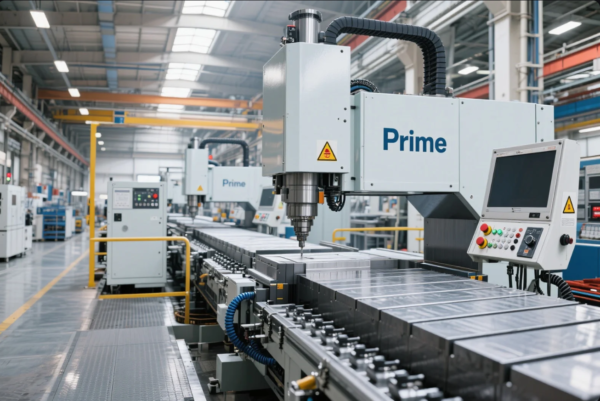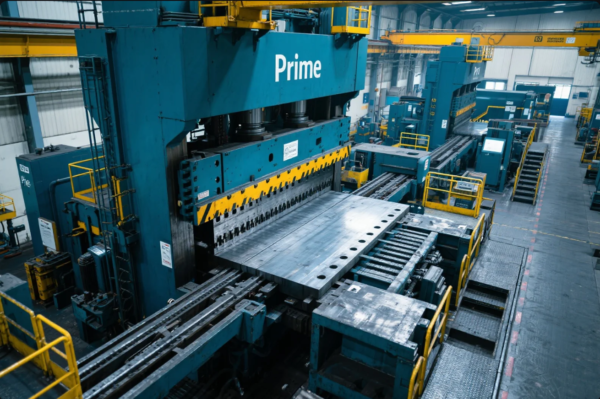How thick wood can CNC cut?
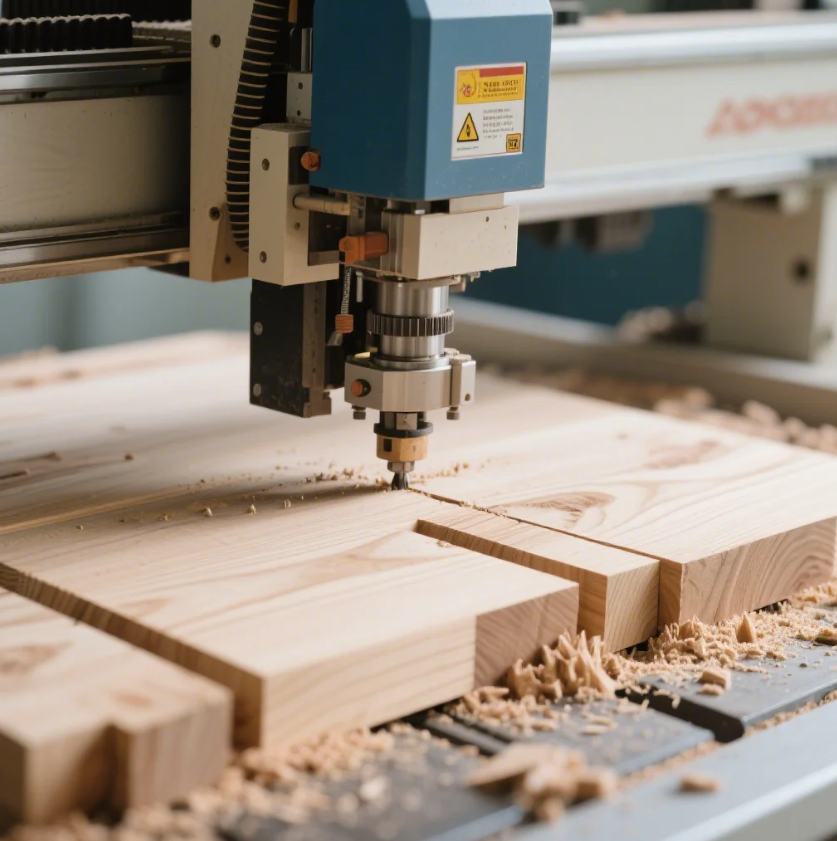
CNC routers are widely used to cut and shape wood, but how thick can they cut? Understanding the limits of CNC technology for wood cutting is essential for selecting the right equipment and techniques.
Snippet paragraph: CNC routers can cut wood of varying thickness, but the maximum thickness depends on the machine and tooling used.
Transition paragraph: Keep reading to explore the capabilities of CNC routers when it comes to cutting thick wood and other key factors to consider.
What is the maximum thickness of CNC?
The maximum thickness a CNC router can cut depends on several factors, including the type of machine, the tools used, and the material being cut.
Snippet paragraph: CNC routers can cut wood up to 12 inches thick, but the actual thickness depends on the machine's capabilities and tooling.
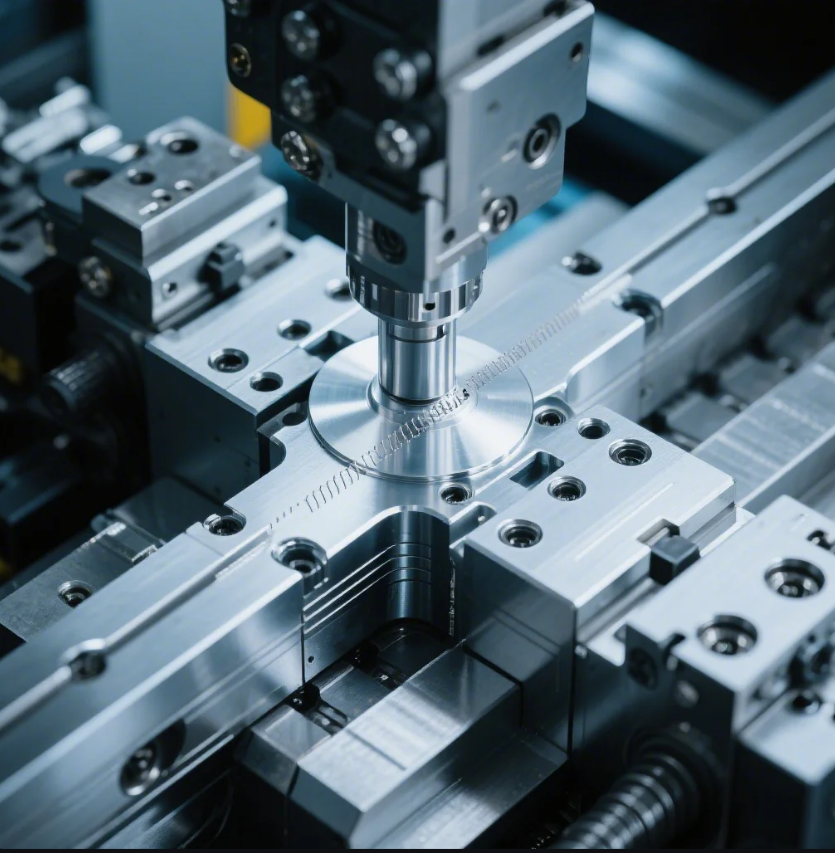
Dive-Deeper paragraph: Most standard CNC routers can easily handle wood up to 4 to 6 inches thick. However, larger industrial CNC machines, often found in specialized woodshops, can handle wood up to 12 inches thick. The thicker the material, the more power and precision the machine needs to maintain. Additionally, tooling plays a significant role in determining how deep a CNC machine can cut. Specially designed cutters, such as deep-cutting bits, can help achieve deeper cuts in thicker wood.
For instance, a CNC router with a high-powered spindle and long tool reach can cut thicker materials efficiently. However, cutting thicker wood often requires multiple passes to avoid overloading the machine or damaging the material.
CNC Router Cutting Depth
Here’s a general guide on cutting thickness for various CNC router machines:
| CNC Type | Maximum Cutting Thickness | Cutting Efficiency | Use Case |
|---|---|---|---|
| Standard CNC Router | Up to 4-6 inches | Good for general woodworking | Furniture, cabinetry, panels |
| Industrial CNC Router | Up to 12 inches | High precision, slower speed | Large-scale wood cutting |
| Specialized CNC Router | 12 inches or more | Requires deep-cut tooling | Custom, heavy-duty wood parts |
As you can see, the thickness a CNC router can cut depends on the specific machine model and its setup.
How deep can you cut with a CNC router?
CNC routers are capable of cutting deep into materials, but the depth is again determined by the machine’s specifications and tooling.
Snippet paragraph: CNC routers can cut to significant depths, but deeper cuts require specialized equipment and techniques.
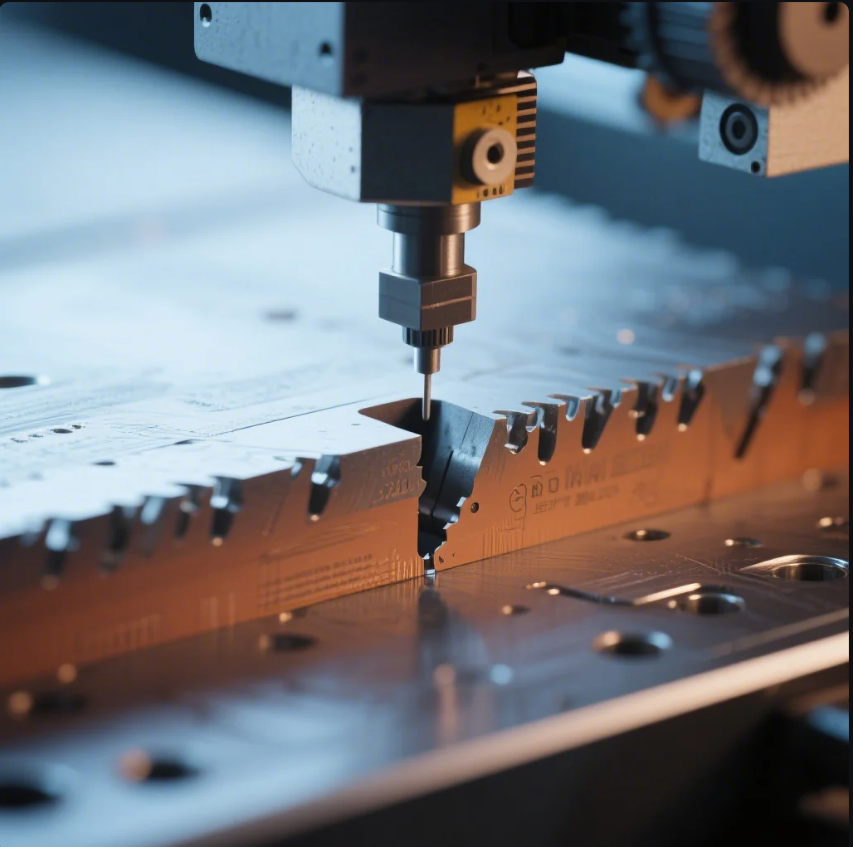
Dive-Deeper paragraph: For most standard CNC routers, the cutting depth is typically limited to around 3 to 4 inches per pass. However, deeper cuts can be achieved with multiple passes, particularly with high-powered industrial machines. CNC routers can also achieve deeper cuts if you are using a large tool with a long reach.
Another factor to consider is the material. For harder wood types, such as oak or maple, the CNC router may need to make multiple passes at shallow depths to achieve the desired cut depth. Softer woods like pine can typically be cut deeper in one pass without straining the machine.
Depth of Cut in CNC Routing
Here’s a basic idea of depth per pass for different types of CNC routers:
| Machine Type | Depth Per Pass (Standard) | Depth Per Pass (Industrial) |
|---|---|---|
| Standard CNC Router | 3 to 4 inches | 3 to 4 inches |
| Industrial CNC Router | 4 to 6 inches | 6 to 12 inches |
| Specialized CNC Router | 6 inches and beyond | Depends on tooling and power |
With the right machine setup and tooling, CNC routers can achieve impressive depths, but patience and precision are key when cutting thick materials.
What materials cannot be CNC machined?
While CNC machines are incredibly versatile, there are certain materials that can be difficult or impossible to machine effectively.
Snippet paragraph: CNC machines can handle a wide range of materials, but there are some that aren’t suitable for cutting, such as certain metals and composites.
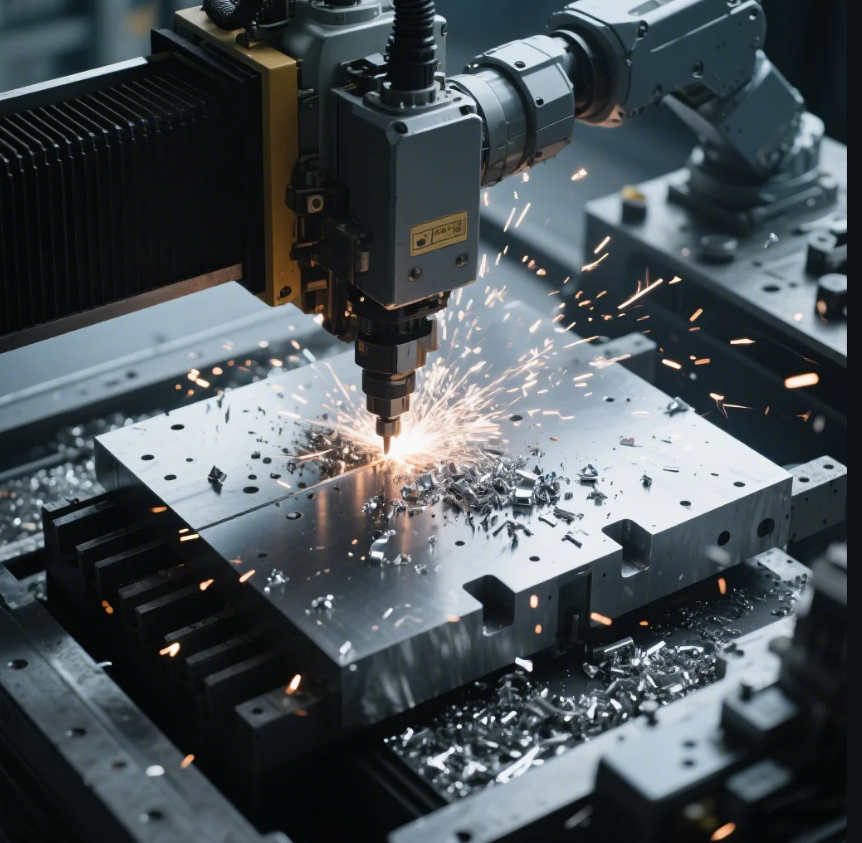
Dive-Deeper paragraph: CNC routers are typically designed to cut wood, plastics, and soft metals. However, certain materials are not ideal for CNC machining due to their hardness, brittleness, or specialized requirements. Materials such as carbon fiber, certain composites, and thick metals (e.g., titanium or hardened steel) are challenging for CNC routers because of their abrasiveness, heat retention, or density.
In addition, some wood types, such as extremely hard woods like ebony, may require specialized tools or slower speeds to cut effectively. These materials can cause significant wear and tear on CNC tooling.
Materials Difficult for CNC Machining
Here’s a list of materials that are either difficult or not recommended for CNC machining:
| Material | Reason for Difficulty | Possible Alternatives |
|---|---|---|
| Carbon Fiber | Abrasive, requires specialized tools | Waterjet cutting or laser cutting |
| Titanium | Too hard for most CNC routers | EDM (Electrical Discharge Machining) |
| Hardened Steel | High hardness makes it tough to cut | Laser or plasma cutting |
| Composite Materials | Difficult to machine without special tools | Specialized CNC routing with diamond-coated bits |
It’s important to assess the capabilities of your CNC machine before attempting to cut these materials.
What is the tolerance for CNC wood?
CNC wood cutting offers a high degree of precision, but understanding the typical tolerance ranges for wood is crucial for ensuring a perfect fit.
Snippet paragraph: CNC wood cutting offers tight tolerances, but the level of precision depends on the machine and tooling used.
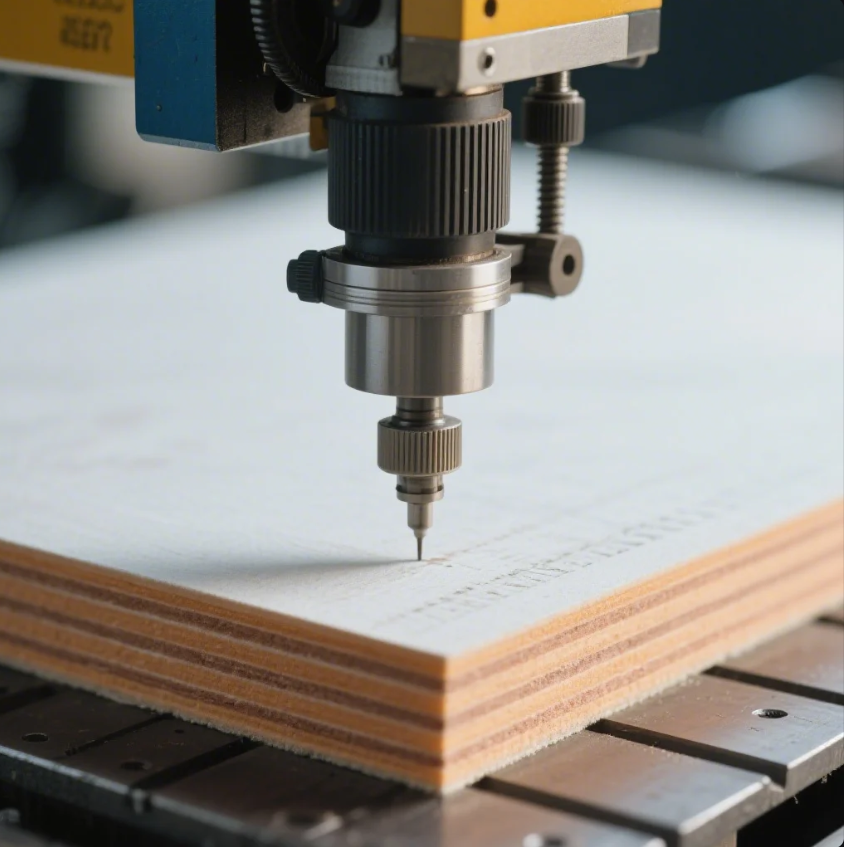
Dive-Deeper paragraph: The tolerance of CNC wood cutting typically ranges from ±0.001 inches to ±0.005 inches. For most general woodworking tasks, such as cabinetry or furniture, a tolerance of ±0.005 inches is sufficient. However, for more precision work, such as custom wood parts or intricate designs, tighter tolerances of ±0.001 inches may be required.
The type of wood also plays a role in tolerance. Softer woods, like pine, may offer slightly more leeway in terms of tolerance, while harder woods, such as oak or walnut, require higher precision to avoid dimensional inaccuracies.
CNC Wood Cutting Tolerance Chart
Here’s a general guide for CNC wood cutting tolerance:
| Material Type | Common Tolerance Range | Suitable For |
|---|---|---|
| Softwoods (e.g., Pine) | ±0.005 inches | General woodworking, panels |
| Hardwood (e.g., Oak) | ±0.003 to ±0.005 inches | Cabinetry, furniture |
| Exotic Woods (e.g., Walnut) | ±0.001 to ±0.003 inches | Precision parts, fine details |
By using the right CNC machine and tooling, it’s possible to achieve highly precise cuts in wood with minimal tolerance variations.
Conclusion
CNC routers are capable of cutting wood to varying depths, depending on the type of machine and tooling used. While most CNC routers can handle 4 to 6-inch thick wood, industrial models can cut up to 12 inches. For precision work, understanding the material and machine limitations is crucial to achieving the desired results.
At Prime, we specialize in CNC machining services, offering high-precision cutting with fast delivery. If you need reliable CNC wood cutting solutions, contact us for a consultation or a custom quote. We’re here to help you achieve your woodworking goals with precision and efficiency.





